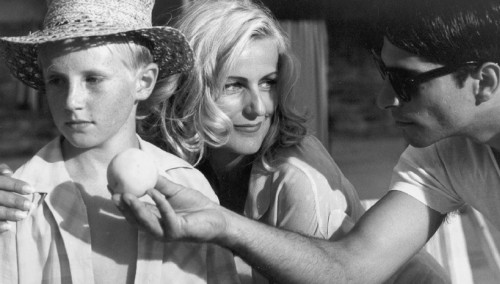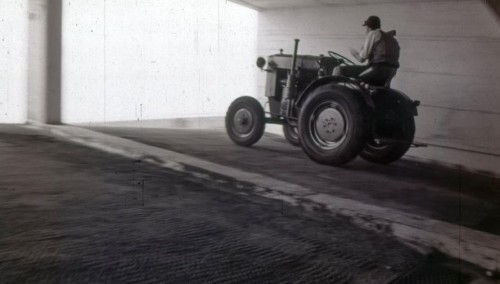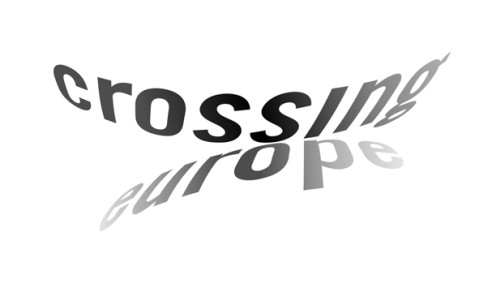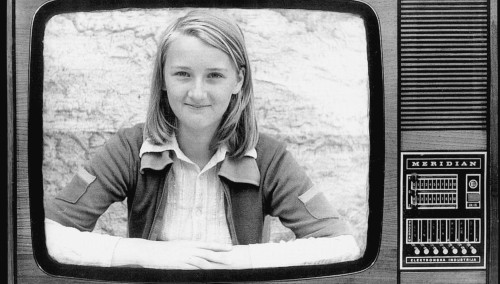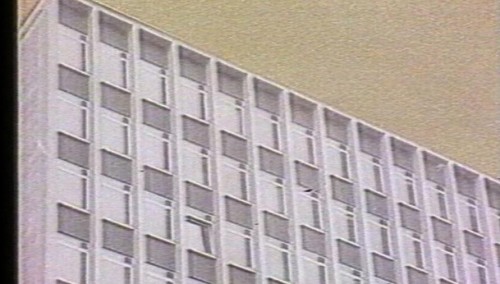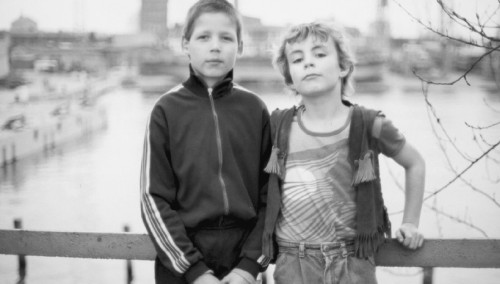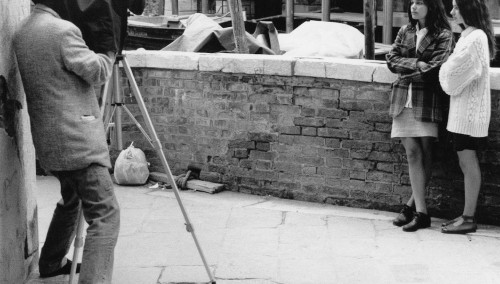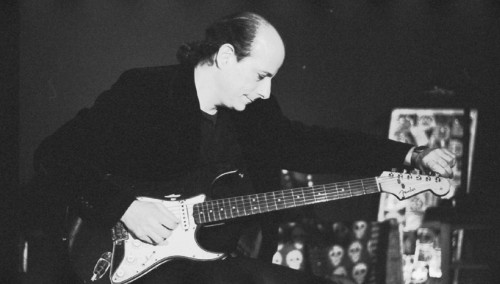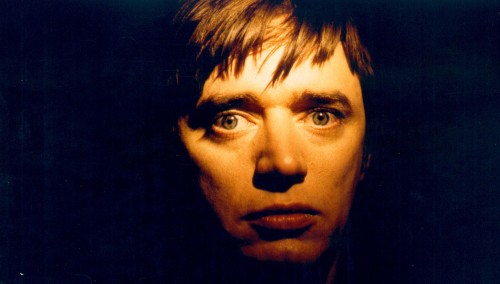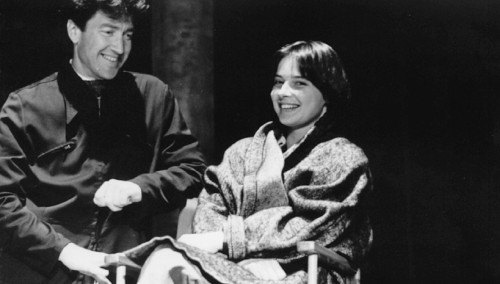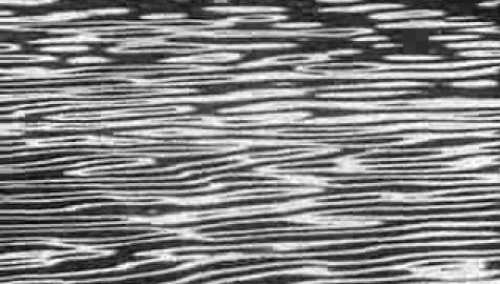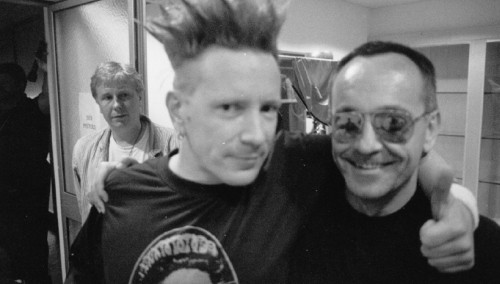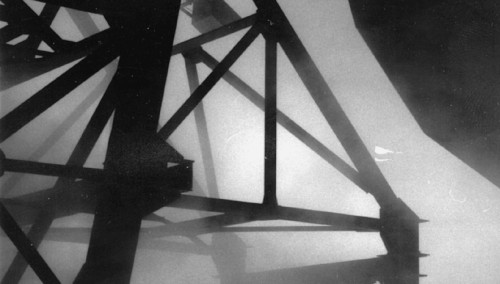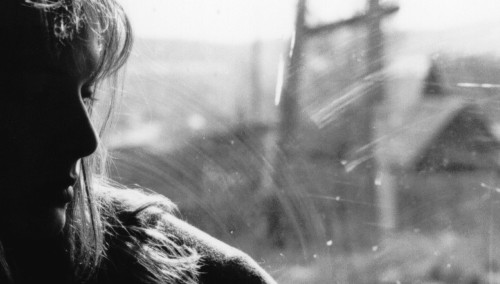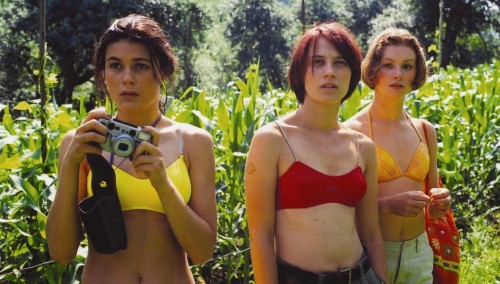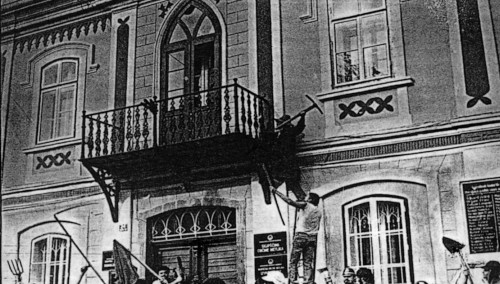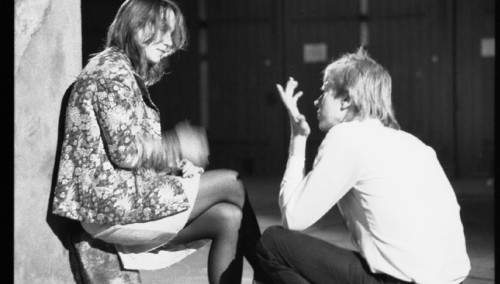Biography
Maja Weiss, born in 1965 in Novo Mesto (Slovenia). Studied at the Ljubljana film academy (AGRFT) between the years 1984 and 1988. Author of several short films and mediumlength documentaries, which have received numerous awards at home and abroad. Her first (and so far the only) full-length feature film VARUH MEJE (GUARDIAN OF THE FRONTIER, 2002) is the first Slovenian theatrically released feature film to be directed by a woman. VARUH MEJE won the Manfred Salzgeber Award as the most innovative film at the Berlinale 2002. CHILD IN TIME, her most recent short film, was officially entered in the competition of the Berlinale 2005. In 1993 Maja married Peter Braatz; since then they have collaborated on numerous films and have two children together.

Peter Braatz (aka Harry Rag), born in 1959 in Solingen (Germany). Between 1982 and 1988 Peter studied at the German Film and Television Academy in Berlin (DFFB) and has since worked strictly as a freelance producer, director and editor for his own Taris Filmproduction, producing a huge amount of short and medium-length documentaries and experimental films. Since 1977 he is also a singer and songwriter in the German cult band S.Y.P.H. In 1985 Peter was invited by David Lynch as a guest in the production of BLUE VELVET in Wilmington, USA.; the following year he worked as second-unit director of Wenders‘ HIMMEL ÜBER BERLIN. In 1993 Peter, also a passionate photographer, married Maja Weiss; since then they have collaborated on numerous films and have two children together.

Essay
Filming as a Way of Life
by Jurij Meden
There is more than one good reason why the Crossing Europe Tribute section this year is presenting films by Maja Weiss and Peter Braatz. For a start, their prolific creativity is at present relatively (and unjustly) unknown in general film circles.
Furthermore often the subject of crossing, traversing, is at the very heart of their filmic enterprises; both physically (in pursuit of vision they constantly cross geographical borders) and cinematically (they frequently cross the established borders between various types and genres of cinema, consequently creating their own, quite unique little universes). And last but not least, Peter (who is originally from Germany) and Maja (from Slovenia) had to cross Europe to come (and stay) together.
Unlike other, more famous filmmaking couples, such as for instance the Straub/Huillet or the Gianikian/ Ricci Lucchi duet, Maja Weiss and Peter Braatz (aka Harry Rag aka Petrus Braatzi) made most of their films separately; nevertheless their opus, viewed as an entirety, contains so many thematic/stylistic repetitions and continuity that parallel thinking about the works of both proves to be a fertile or at least always interesting undertaking. For a start, both Maja and Peter belong to that special category of filmmakers who refuse to perceive filmmaking as (merely) storytelling, daily work, hobby, or a device for experimenting, but understand it as nothing less than a way of life, a manner of existing in the world, a manner which renders the camera‘s lens not only as a permanent prolongation of a gaze, but also as a foundation for experiencing and thinking about that same world. Therefore all of their films – whether fiction, documentary or openly experimental works (most of Peter‘s films refuse to be pigeon-holed and always tread the line between at least two existing categories) – are steeped in a deeply personal affection and commitment. Sometimes they are targeted against large-scale social occurrences and anomalies (the downfall of the Berlin wall, tragic consequences of the Chernobyl catastrophe, the Balkan nationalisms), at other times they focus on “tinier“, more intimate spheres of interest (Sex Pistols reunion gig in Ljubljana, relationship between mother and son, history and future, the myth of “otherness“).
In addition, Maja and Peter‘s films are conjoined by a common and rather special perception of image and sound (music) as of two mutually independent or even distinctly separate means of filmic expression, which can appear at their most efficient when operating on two different, opposing levels, occasionally blending in an always unusual, unexpected way. The result of such thinking is a cinematic landscape, where the sound does not support, underline or interpret the image and vice-versa; instead the sound serves as the context for the image, whilst the image is doing the same, providing context for the sound. Each component is gradually, separately shaping itself into a self-standing sculpture, together forming an in-between field of constant tension at the same time: a fertile and valuable ground for the viewer‘s own experience and free interpretation of it.
The latter applies to practically all of Peter‘s films (the best example is his one-hour experimental documentary NO FRANK IN LUMBERTON, perhaps the most unusual film-about-filmmaking, shot in the eighties on the sets of BLUE VELVET and ingeniously anticipating the present-day cult status of Lynch‘s film), and all the more distinctly to Maja‘s later works (GUARDIAN OF THE FRONTIER, CHILD IN TIME), in which we find ourselves virtually swimming through rich soundscapes and imagery. Of course, there are also plenty of differences between the filmmaking styles of Peter and Maja, which fortunately appear just as instructive as all the aforementioned similarities.
Maja‘s films, always more firmly rooted in the notions of documentary or fiction, are generally fuelled by a strong (always healthy) political agenda and are sharply focused on a treated subject: in each film Maja immediately indicates the borders (never limitations) of her interest and openly exposes her biases. In many of Peter‘s films – regularly dedicated to Peter‘s intimate passions such as music (Damo Suzuki, Lee “Scratch“ Perry, Gary Lucas), cinema (David Lynch, Maja‘s films) and travelling (Siberia, Japan, America) – it often seems as if the director is suffering from an acute short-attention-span syndrome. His gaze and his thoughts are constantly in motion, every image representing – apart from its principle nature - also a trace of an anguished attempt to stop the passage of time, a craving, permanently condemned to failure, to reveal the deepest secrets and truly understand each moment in all its wealth. However, the end result is never an unreflected chaos,but a carefully composed assembly of various motives lurking beneath and above the surface of Peter‘s films and finally always forming a unity; even though on most occasions this “unity“ is “nothing more“ than an emotional state of mind – an attempt to describe reallife experience through purely and inherently filmic means – and not factual information or a rational comment.
A wonderful example of the described “strategy of restlessness“ can be found in Peter´s documentary DDR – OHNE TITEL, which at first glance appears to be an ordinary road movie about former East Germany shot only weeks after the fall of the Berlin wall. During a slow drive across the deserted square of a certain gloomy town, Peter‘s camera momentarily – in what seems to be a completely accidental gesture – slides down and catches a brief glimpse of the road below as it passes by at great speed, the small granite squares flickering and forming fragile, beautiful, ever-changing shapes and patterns. What follows (obviously inspired by this small slip of an eye) is a whole string of similar shots, accompanied by bursts of hypnotic music, totally cleansed of the immediate social undertones prevailing in the previous scene depicting the deserted half-urban landscape. More than anything else this passage that we are now witnessing resembles a strip from a Stan Brakhage film (the difference is only that Peter achieves the dazzling effect “naturally“, without subsequent manipulations of the image). In a split-second we are offered not just a perfectly organic shift from objective to subjective, from concrete to abstract, from historical to personal, but a valuable reminder of the inseparable nature of the political and the intimate.
Maja and Peter‘s urge to constantly take visual notes – to record and reflect their surroundings at any cost – is perhaps best summarized in the words of Stepan Benda, printed in a small booklet accompanying their joint venture FOTO FILM 2001 (a moving exploration into the phenomena of still image): “It is reflection and not form that rules the world. This first, finished act of consciousness was simultaneously the first production. It introduces an immense concatenation of outrages, which we call history. And the image has always accompanied it. The image, this perpetual duplication of what we have since then called the world, accompanies each of our actions. It is at once the torment and the comfort of remembering. It is the craving of consciousness for matter, the craving of the void for continuation and abundance.“ The natural outcome of this harmonious ménage à trois (Maja, Peter and camera) is a long line of offspring: even though both are still young, together they have made well over fifty films of various lengths, characters and ambitions. The selection offered at Crossing Europe is therefore far from comprehensive of course, but it nevertheless provides a unique opportunity and more than just a fair taste of our Crossing- Europe couple‘s film activities.

